It’s an image of C Montgomery Burns, the supervillain from the animated series The Simpsons, showing up at the door with a bunch of red roses and a heart-shaped chocolate box.
Smiling, he says: “I saw your turn at water rationing is different from mine”.
The rationing came into effect on Thursday morning. Bogota and dozens of surrounding towns have been divided into nine different zones with domestic running water cut off for 24 hours in each zone on a rotation that will reset every 10 days. The measures will affect approximately 9 million people.
There are contingency plans to ensure schools and hospitals have a continuous supply, authorities have said.
But, as The Simpsons meme suggests, some residents have been left wondering whether they might need to start cozying up to friends across town to access drinking water.
The measures are part of emergency plans introduced by the Colombian government and the city’s mayor after reservoirs reached “historically low” levels.
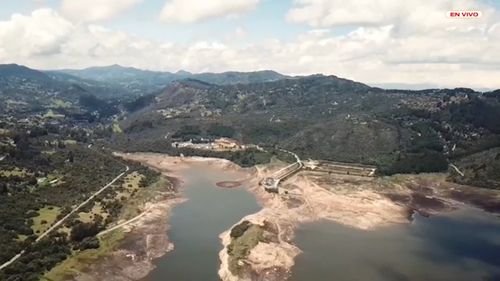
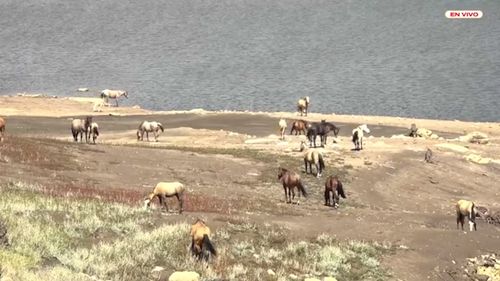
“Let’s not waste a drop of water in Bogota at this time,” Mayor Carlos Fernando Galán said in a news conference on Monday.
“That will help us so that these restrictions can be lifted more quickly or reduced.”
Galán called for “a behavioural change that is sustainable over time and guarantees that water is enough for everyone”, adding that some of the reservoirs are less than 20 per cent capacity compared to historical averages for this time of year.
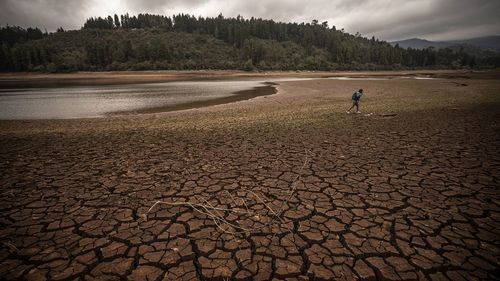
But this marks the first time in recent history that Bogota has been forced to implement water rationing measures.
Perched on a mountain plateau, Bogota is one of the highest capitals in the world at more than 2600 meters above sea level. To its east are the peaks of the Andes, to its west is a lush valley through which winds the Magdalena, Colombia’s largest river and a vital source of water.
Moisture from the tropical rainforests along the Magdalena rises up the mountain valleys and clashes with the colder temperatures at the top, generating rain.
As every Bogotano knows, rain is fairly common in the city, which relies heavily on it for its water needs.
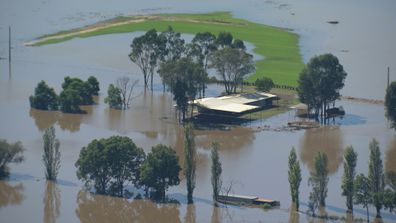
Floods destroy properties across NSW after record-breaking deluge
“Most cities around the world depend on aquifers for their water supplies. Bogota is different in that almost all our supply comes from surface waters like reservoirs, which are more susceptible to rain patterns,” said Armando Sarmiento, an ecology professor at Bogota’s Javeriana University.
It’s this dependence on rain that makes Bogota particularly vulnerable to drought, Sarmiento told CNN.
Since last year, the city has experienced long dry periods due to the impact of El Nino, according to local authorities.
El Nino is a natural climate pattern originating in the Pacific Ocean along the equator, which influences weather around the globe. In Colombia, it has fuelled higher temperatures and lower rainfall.
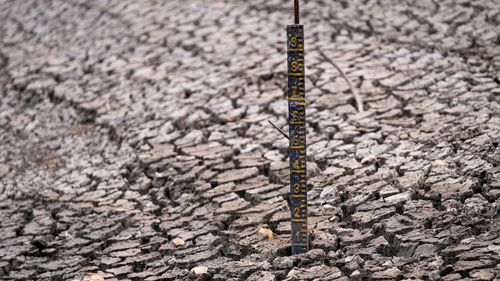
In a country as politically divided as Colombia, the urgency of addressing El Nino is a rare point of consensus. The government issued a natural disaster decree in January to mobilise resources in an effort to combat its devastating effects, including wildfires and water stress.
Bogota’s water rationing plans have been supported by the country’s president, who has historically had a testy relationship with the city’s mayor.
Colombia’s ombudsman, a civil authority tasked with protecting civil and human rights, issued a statement on Tuesday saying that a long-term reliable water supply is a basic human right, and the environment ministry in February launched a campaign with the hashtag #ElNinoNoEsUnJuego (El Nino is not a game) to warn Colombians not to underestimate the crisis.
As global warming makes extreme weather such as heatwaves and drought more common and more severe, experts warn that the stress on cities’ water systems will only increase.
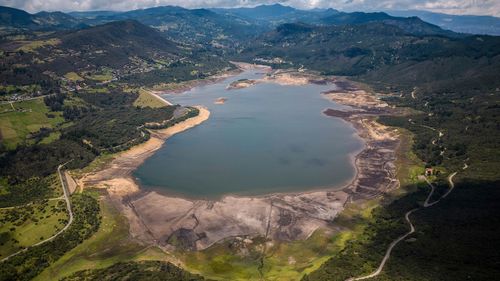
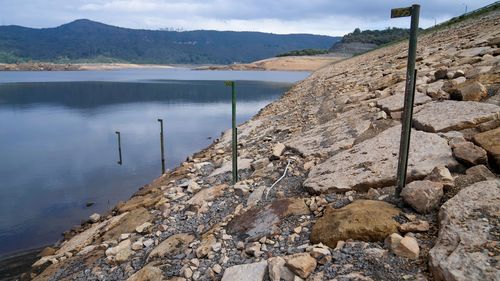
Colombia’s environment minister Susana Muhamad urged city authorities to draft long-term plans for dwindling water supplies.
“We got to a point where we can’t expect water to come down like it used to be if we don’t respect the reservoirs’ natural supply cycle, if we don’t respect water’s natural cycle,” she told reporters Monday.
She called for a taskforce to limit Bogota’s urban expansion towards natural areas.
Sarmiento, the ecologist, told CNN that while it’s hard to predict how the climate will evolve in the coming years, both the city and the country more broadly need to be better prepared for future crises at a much bigger scale.
“In moments like this, everyone focuses on individual uses, like limiting one’s shower,” he said.
But the issue is much bigger, he added, especially in Bogota which is also one of the busiest industrial areas of Colombia.
“We need to re-think our water use as a society,” he said.







